Sumit Laha
Near-Infrared Depth-Independent Image Dehazing using Haar Wavelets
Mar 26, 2022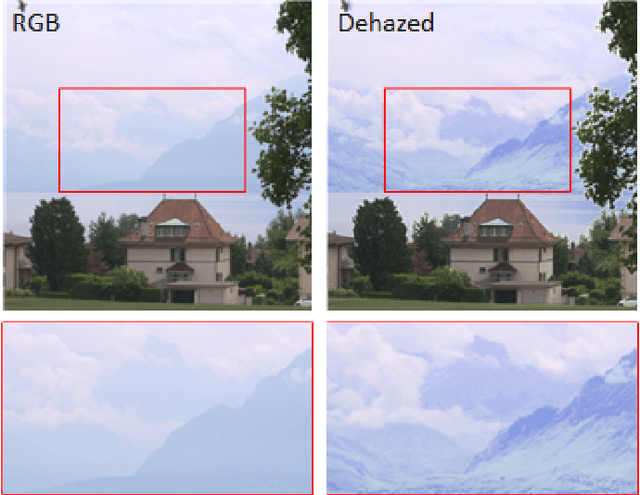
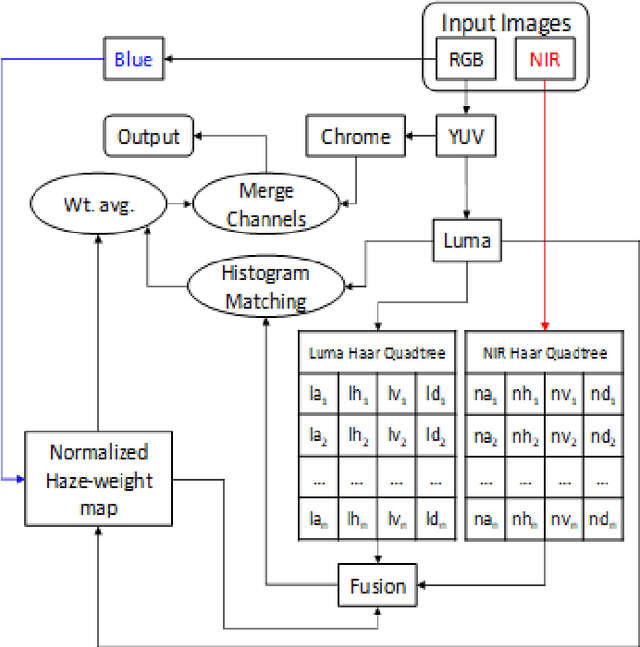
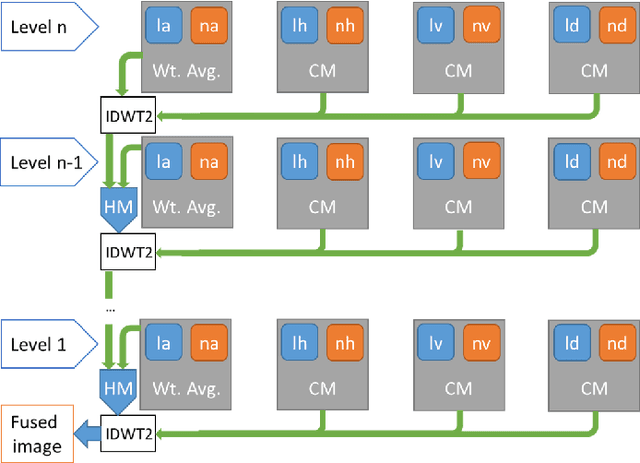
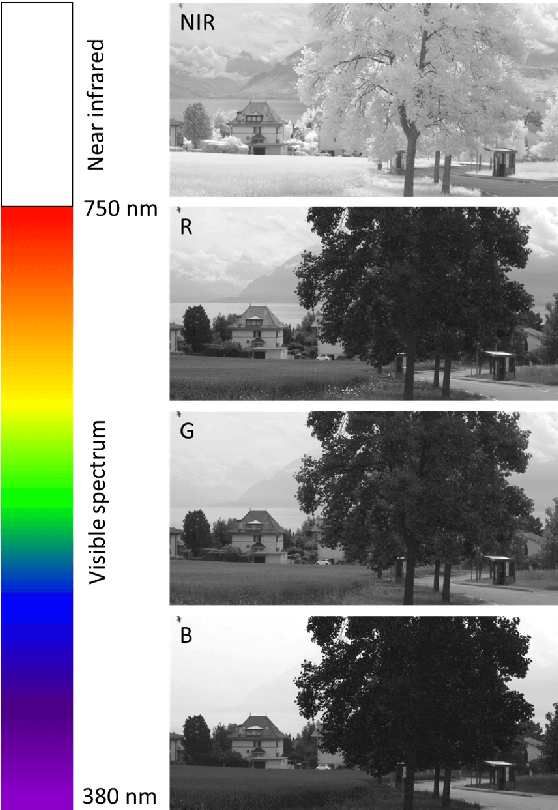
Abstract:We propose a fusion algorithm for haze removal that combines color information from an RGB image and edge information extracted from its corresponding NIR image using Haar wavelets. The proposed algorithm is based on the key observation that NIR edge features are more prominent in the hazy regions of the image than the RGB edge features in those same regions. To combine the color and edge information, we introduce a haze-weight map which proportionately distributes the color and edge information during the fusion process. Because NIR images are, intrinsically, nearly haze-free, our work makes no assumptions like existing works that rely on a scattering model and essentially designing a depth-independent method. This helps in minimizing artifacts and gives a more realistic sense to the restored haze-free image. Extensive experiments show that the proposed algorithm is both qualitatively and quantitatively better on several key metrics when compared to existing state-of-the-art methods.
* Accepted in 25th International Conference on Pattern Recognition (ICPR 2020)
CCA: Exploring the Possibility of Contextual Camouflage Attack on Object Detection
Aug 19, 2020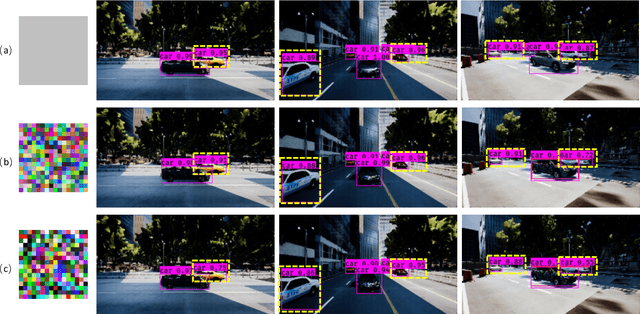
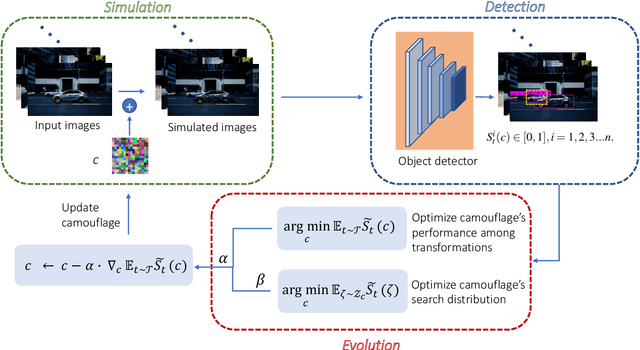

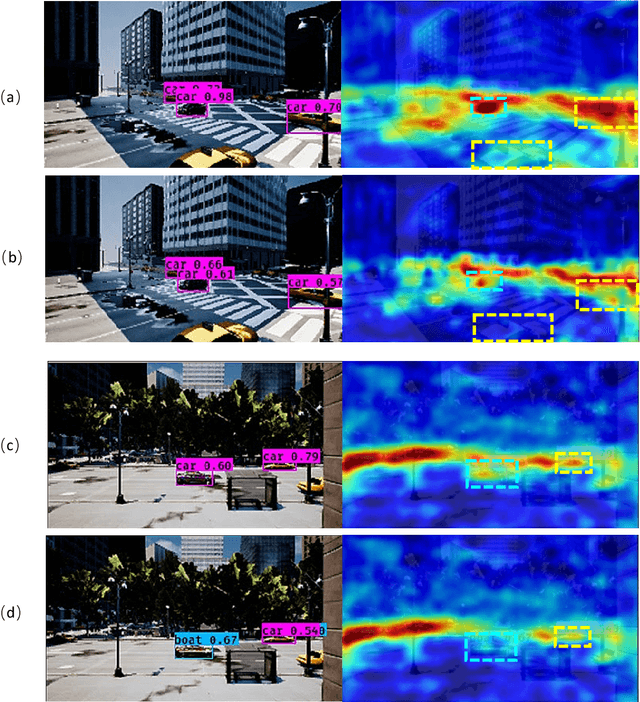
Abstract:Deep neural network based object detection hasbecome the cornerstone of many real-world applications. Alongwith this success comes concerns about its vulnerability tomalicious attacks. To gain more insight into this issue, we proposea contextual camouflage attack (CCA for short) algorithm to in-fluence the performance of object detectors. In this paper, we usean evolutionary search strategy and adversarial machine learningin interactions with a photo-realistic simulated environment tofind camouflage patterns that are effective over a huge varietyof object locations, camera poses, and lighting conditions. Theproposed camouflages are validated effective to most of the state-of-the-art object detectors.
 Add to Chrome
Add to Chrome Add to Firefox
Add to Firefox Add to Edge
Add to Edge